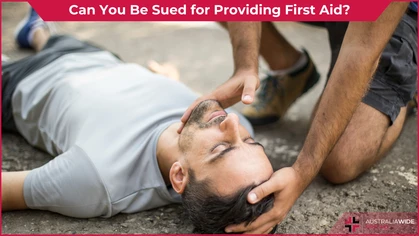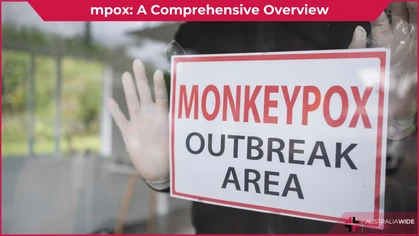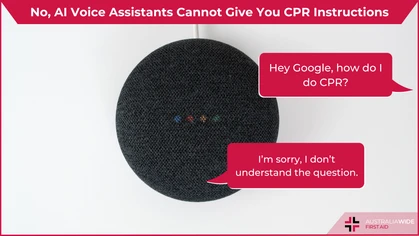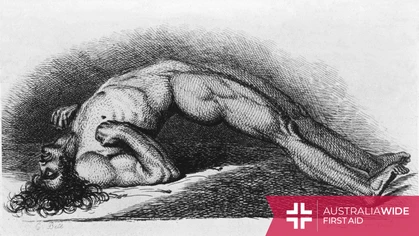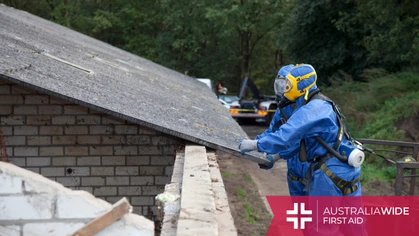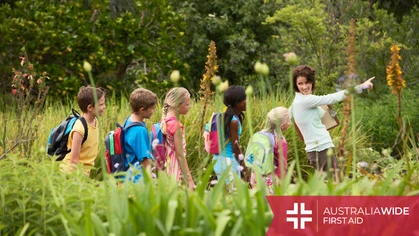The rise of Invasive strep A and what this means for Australian children

First aid in the news
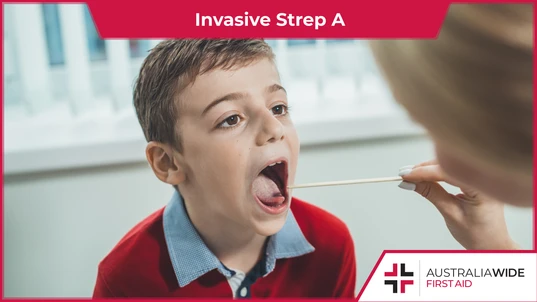
Invasive strep A (iGAS) is on the rise among Australian children. Though this condition is caused by the typically mild Strep A bacteria, it can infect the blood, lungs, and brain membranes and cause death.
The sharp rise in Invasive strep A (iGAS) in Australia has alarmed doctors and health authorities. The trend has also been seen worldwide and is appearing predominantly in children. Outbreaks of iGAS are likely to occur in childcare centres, hospitals and aged care facilities. Strep A bacteria is the villain virus behind mild diseases such as sore throats and school sores (a skin infection that can cause blisters). However, the invasive version of iGAS is just as deadly as meningococcal. Continue reading for more information about iGAS, what it is and how to prevent and treat it. To learn more about how to proactively manage the wellbeing of yourself and your loved ones, attend a general or childcare first aid course.What are Strep A bacteria?
Found around the throat and skin, Group A Streptococcus is a common bacteria. Some people carry it without knowing, and it is passed between people through direct contact of fluid discharges, or infected wounds. Sharing household items like plates, cups or toys, is not a major way the disease spreads. When Group A Streptococcus bacteria infect someone and cause illness it is commonly referred to as ‘strep throat’, the bacteria can also infect the skin and cause open wounds. Generally, symptoms are mild and any illness passes quickly. If persistent, antibiotics may be prescribed by a doctor. However, if strep A bacteria reaches the blood, deep muscle, fat tissue or the lungs a much more serious infection can occur. This is called invasive Group A Streptococcal (iGAS).What is iGAS?
IGAS is when strep A bacteria reaches and infects the blood (sepsis), brain membranes and fluid (meningitis) and lungs (pneumonia). Depending on where the infection is, symptoms can include:- Fevers
- Chills or sweats
- Dizziness
- Chest pain or shortness of breath
- Nausea or vomiting
- Rapid skin infections and ulcerations
- Headache and/or stiff neck
Why has there been a sharp increase in iGAS cases?
It is not yet clear as to why iGAS cases are increasing, but academics suggest it may be to:- COVID-19 lockdowns decreasing people’s immunity to strep A - meaning that when they do come in contact with the bacteria, they are more likely to get sick from it.
- If someone already is suffering from another viral infection and catches strep A, it may make them more susceptible to the disease.
- There is a possibility that new, more aggressive variants of strep A are present in our population.
Diagnosis and treatment
A doctor will test for strep A bacteria after examining the throat or sores. A round of antibiotics can treat iGAS infections. It is advised to isolate for a day if you are diagnosed with iGAS.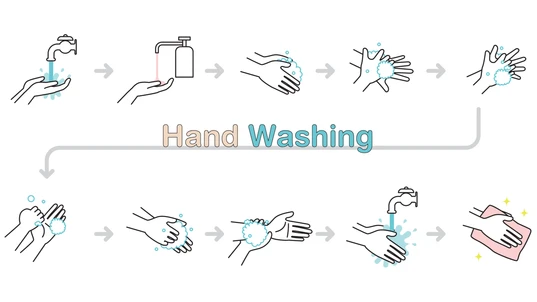
One way to prevent the spread of strep A bacteria is to practise good hygiene. Wash your hands often with soap and water, especially after coughing, sneezing, and before preparing food or eating.
Prevention
Preventing iGAS means stopping the spread of strep A bacteria. This can be done by simply washing your hands with soap and water and keeping wounds clean and covered until they heal. Ensuring good hygiene between children is important in preventing bacterial infection, particularly in childcare centres. See your doctor if a sore throat or wound does not seem to heal within a few days. Treating the infection with antibiotics before it becomes invasive is another important step to preventing iGAS.Final thoughts
There has been a sharp rise in iGAS infections in Australia, predominantly in children. iGAS occurs when the bacteria that causes strep A infects the blood, lungs, or brain tissue. It can cause serious illness such as sepsis, pneumonia, and meningitis. It can be prevented by washing hands with soap and water and covering wounds while they heal. If infections persist over a few days, visiting your doctor for some antibiotics can be another step to preventing strep A bacteria from turning invasive. To learn more about how to proactively manage the wellbeing of yourself and your loved ones, attend a general or childcare first aid course.
Originally published at
https://www.australiawidefirstaid.com.au/resources/invasive-strep-a
as part of the Australia Wide First Aid Articles Library

